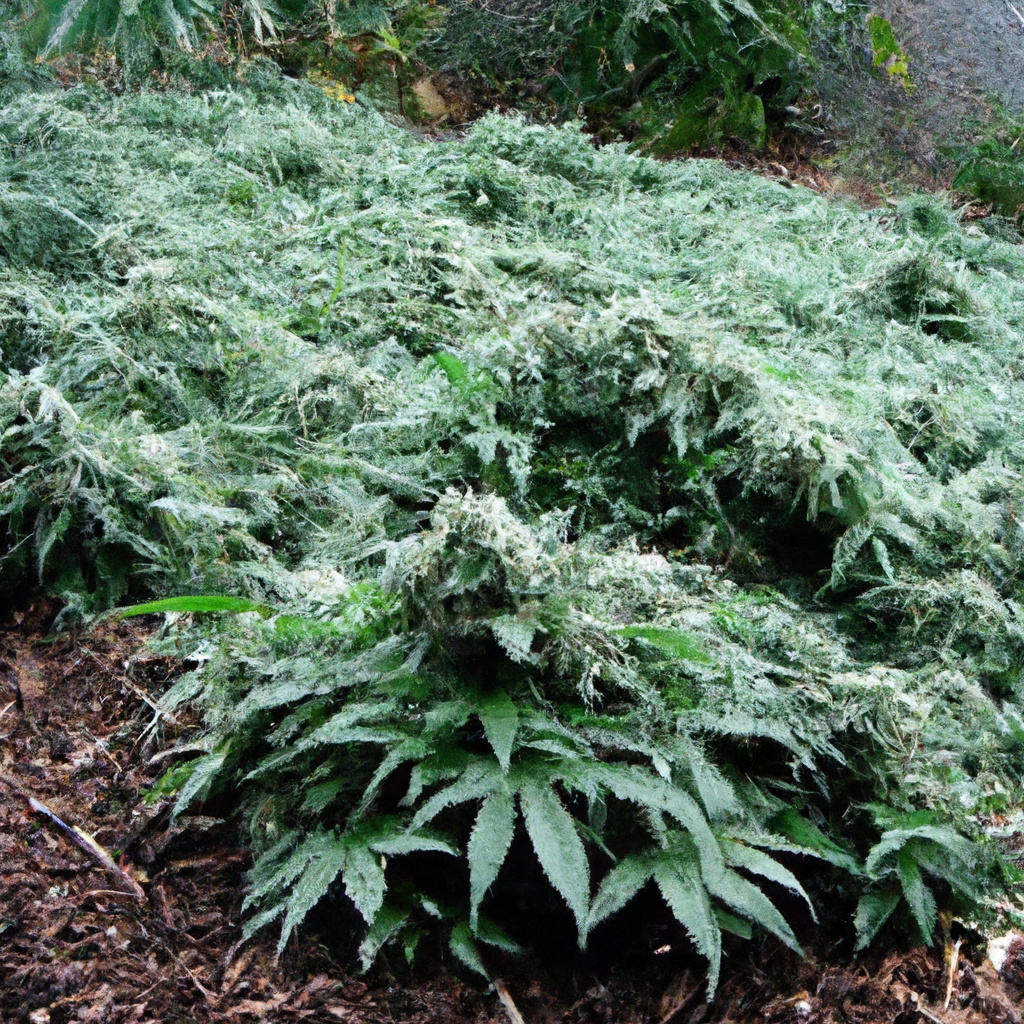Your cart is currently empty!
Mulching is a vital agricultural technique that offers numerous benefits for cannabis cultivation. Whether you are growing cannabis indoors or outdoors, understanding the importance and application of mulching can significantly enhance your plant’s growth and yield. This guide will cover key mulching techniques, their benefits, and how to implement them effectively.
Understanding Mulching and Its Benefits
Mulching involves covering the soil surface with organic or inorganic materials to improve soil health, retain moisture, and suppress weeds. The following are some primary advantages of mulching in cannabis cultivation:
- Moisture Retention: Mulch helps to retain moisture by reducing evaporation, ensuring your cannabis plants remain adequately hydrated.
- Temperature Regulation: By providing a barrier, mulch protects roots from extreme temperatures, helping maintain optimal conditions for growth.
- Weed Suppression: A mulch layer discourages weed growth, eliminating competition for nutrients and water.
- Nutrient Enhancement: Organic mulches, over time, decompose and add valuable nutrients back into the soil.
Types of Mulch for Cannabis Cultivation
Choosing the right type of mulch depends on the specific needs of your cannabis grow. Here are some common mulching materials used in cannabis cultivation:
- Organic Mulches: Leaves, straw, grass clippings, and bark are biodegradable options that enhance soil nutrition as they break down.
- Inorganic Mulches: Materials like black plastic or landscape fabric offer superior weed suppression and temperature control but do not improve soil nutrients.
- Living Mulches: Cover crops such as clover can be grown simultaneously with cannabis to prevent weeds and enhance soil health.
How to Apply Mulch Correctly
Proper application of mulch is crucial to ensure maximum benefits. Here’s a step-by-step guide on how to mulch your cannabis plants effectively:
- Prepare the Soil: Remove any existing weeds and debris from the soil surface before laying down mulch.
- Choose the Right Mulch: Select a type of mulch that suits your specific growing environment and goals (e.g., organic for nutrients, inorganic for weed control).
- Apply a Layer: Spread mulch evenly around the base of cannabis plants, maintaining a thickness of two to four inches. Avoid piling mulch too close to the plant stem, as this can encourage rot.
- Maintain the Mulch: Regularly check the mulch layer for compaction or decomposition, replenishing it as necessary to ensure continued effectiveness.
Conclusion
Mulching is an effective yet simple practice that can significantly improve the growth and health of cannabis plants. By selecting appropriate materials and applying them accurately, you can foster a supportive growing environment, reduce resource competition, and enhance soil quality. Make mulching an integral part of your cannabis cultivation strategy to maximize your yield and plant vigor.
Remember, consistent observation and care are essential for reaping the full benefits of mulching. Start experimenting with different mulching techniques today and watch your cannabis garden thrive!


Leave a Reply